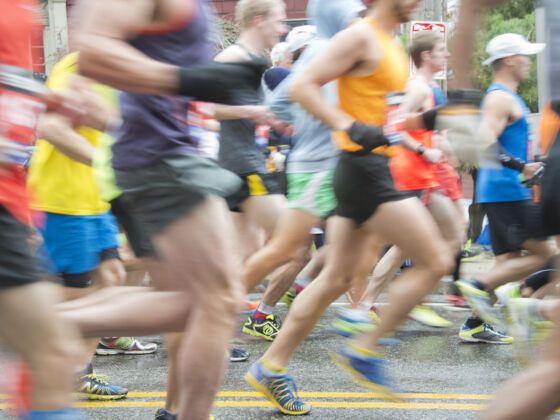“DUDE, I’M GOING to do a marathon tomorrow,” Frank says. “Wanna join me?”
I’m a little surprised. Frank is a lovely guy, but permanently half-baked. Of all the people I expected to run a marathon, Frank isn’t even close to making the list.
“Frank,” I reply, “I’ll probably need a little more warning to prepare.”
